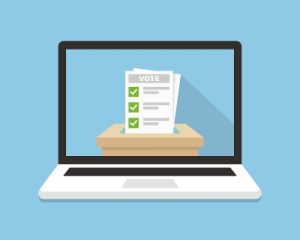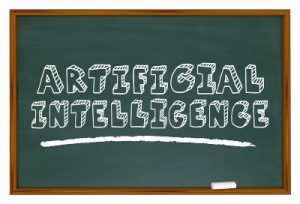
The devices used in voting are relatively low-tech. In order to avoid cyber threats, even those that use a touch screen to capture votes are intentionally not connected to the internet. However, even this unconnected approach has security risks that need to be addressed so that these devices and the data they hold aren't tampered with. The states and localities that administer elections are continually focused on the full spectrum of security risks, putting processes and systems in place in advance of election day to ensure that voting is safe and secure.
Diversity is a Strength
The diversity of voting machines being used across the country reduces threat impacts. If there is an issue with a piece of software, it won't impact the entire national voting system, just particular machines. While software vulnerabilities are still huge problems, standardizing on one type of machine nationwide would mean one software bug could wipe out all electoral results. Continue reading




 The Department of Health and Human Services (HHS) has been in the spotlight like never before with their critical role in managing the pandemic. While there is a lot of work still to be done on that front, other critical efforts are taking place across HHS agencies that will have an incredible impact on the health and well-being of citizens.
The Department of Health and Human Services (HHS) has been in the spotlight like never before with their critical role in managing the pandemic. While there is a lot of work still to be done on that front, other critical efforts are taking place across HHS agencies that will have an incredible impact on the health and well-being of citizens.
